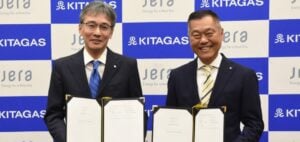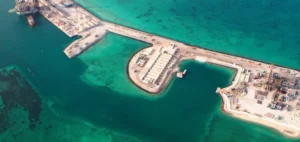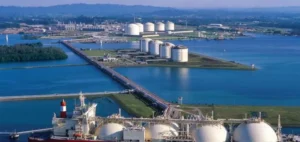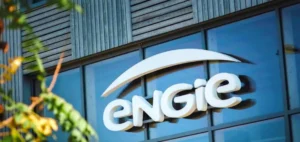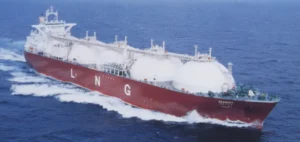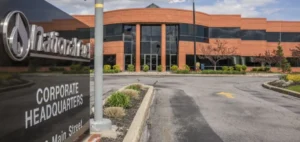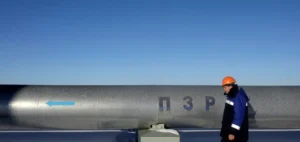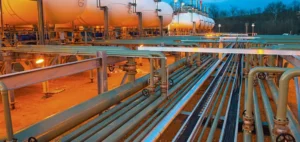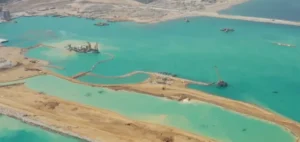The global energy sector is closely watching developments in diplomatic relations between the United States and Russia, particularly regarding the liquefied natural gas (LNG) sector. While current U.S. sanctions severely restrict operations of the Arctic LNG 2 project, located on the Gydan Peninsula in Russia, improved bilateral relations could lead to a partial or total lifting of these restrictions. According to models from consultancy NexantECA, bringing the first two liquefaction trains online could lower European Title Transfer Facility (TTF) market prices by more than one dollar per million British Thermal Units (MMBTU) through 2027, reshaping existing market dynamics.
Arctic LNG 2: Potential for Rapid Recovery
The Arctic LNG 2 project has a total nominal capacity of 19.8 million tonnes per annum (MTPA), divided among three distinct units. Due to secondary U.S. sanctions, exports from the first 6.6 MTPA train, initially operational since 2024, are currently restricted. However, the potential lifting of sanctions would allow international buyers, primarily in Asia, to immediately resume purchasing shipments. Restarting this first train by the third quarter of 2025 would immediately increase volumes available in the international market.
Currently, Russian LNG is primarily sourced from facilities in Sakhalin, in Russia’s Far East, and Yamal, in the country’s northwest. These volumes primarily serve Asian markets such as China, Japan, and South Korea. Arctic LNG 2 would complement these exports with significant additional capacity aimed mainly at China. The lifting of sanctions would quickly revive these trade flows, especially during the summer months when Arctic navigation conditions do not require specialized Arc-7 class icebreaker vessels.
Global Impact on the LNG Market
The resurgence of Russian LNG exports would naturally intensify competition in the global market. According to scenarios from NexantECA, the increased availability of Russian liquefied natural gas would lead to a significant drop in spot prices, particularly in European and Asian markets. On the Japanese market, this reduction could also reach around one dollar per MMBTU until 2027, gradually decreasing as significant new global capacities come online later in the decade.
The most substantial competitive impact would likely be felt by producers in Oceania and sub-Saharan Africa, whose LNG volumes could be partially displaced by competitively priced Russian gas. Over the longer term, even North American exports could be marginally impacted, notably those from the United States, whose flexible uncontracted gas would be among the first affected by this increased competition.
Technical Constraints and Logistics Challenges
Despite clear economic opportunities, lifting sanctions does not eliminate logistical constraints. Specifically, the capacity to transport these volumes outside of the summer season remains uncertain due to restrictions on access to Arc-7 class icebreaker vessels, essential for Arctic winter navigation. Continued European prohibitions on the transshipment of Russian LNG via its terminals present an additional challenge to smooth trade flows.
In the short term, rapid export growth is realistic during navigable periods, but fully maximizing the project’s potential would require substantial investment in an LNG carrier fleet adapted to extreme conditions. Currently, this capability remains severely limited due to sanctions imposed since 2022, which notably prohibit the ordering of new specialized vessels from foreign shipyards.
This potential revival of Russian LNG exports comes as Europe continues to significantly reduce pipeline imports from Russia, falling from a peak of nearly 180 billion cubic meters annually (bcma) in 2019 to around 17.5 bcma in early 2025. This context further enhances Russia’s strategic interest in diversifying its export markets towards Asia, especially China.



